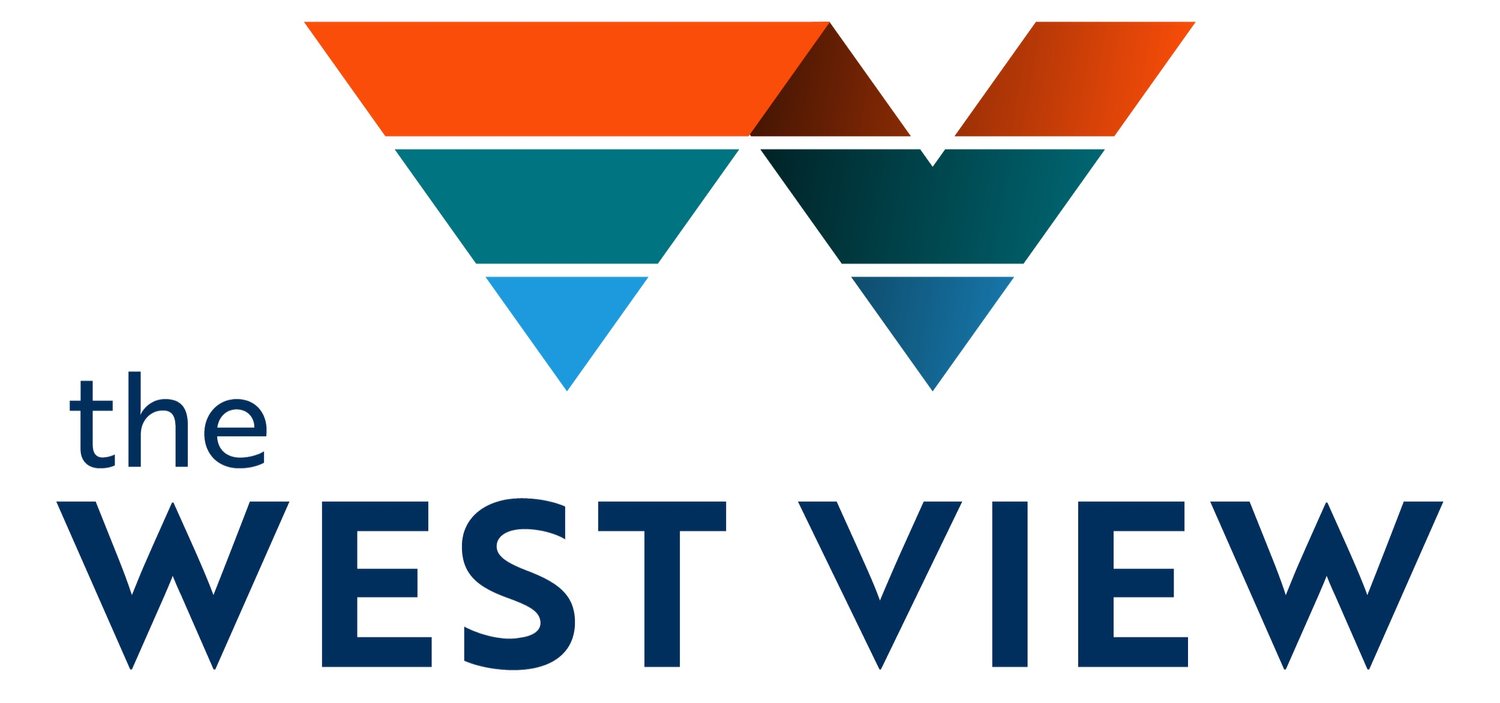I-15 expansion prompts concerns about pollution, business impacts, and traffic congestion
Westside community members and business owners have doubts about the impacts of the proposed I-15 expansion.
Sign up to read this post
Join Now
